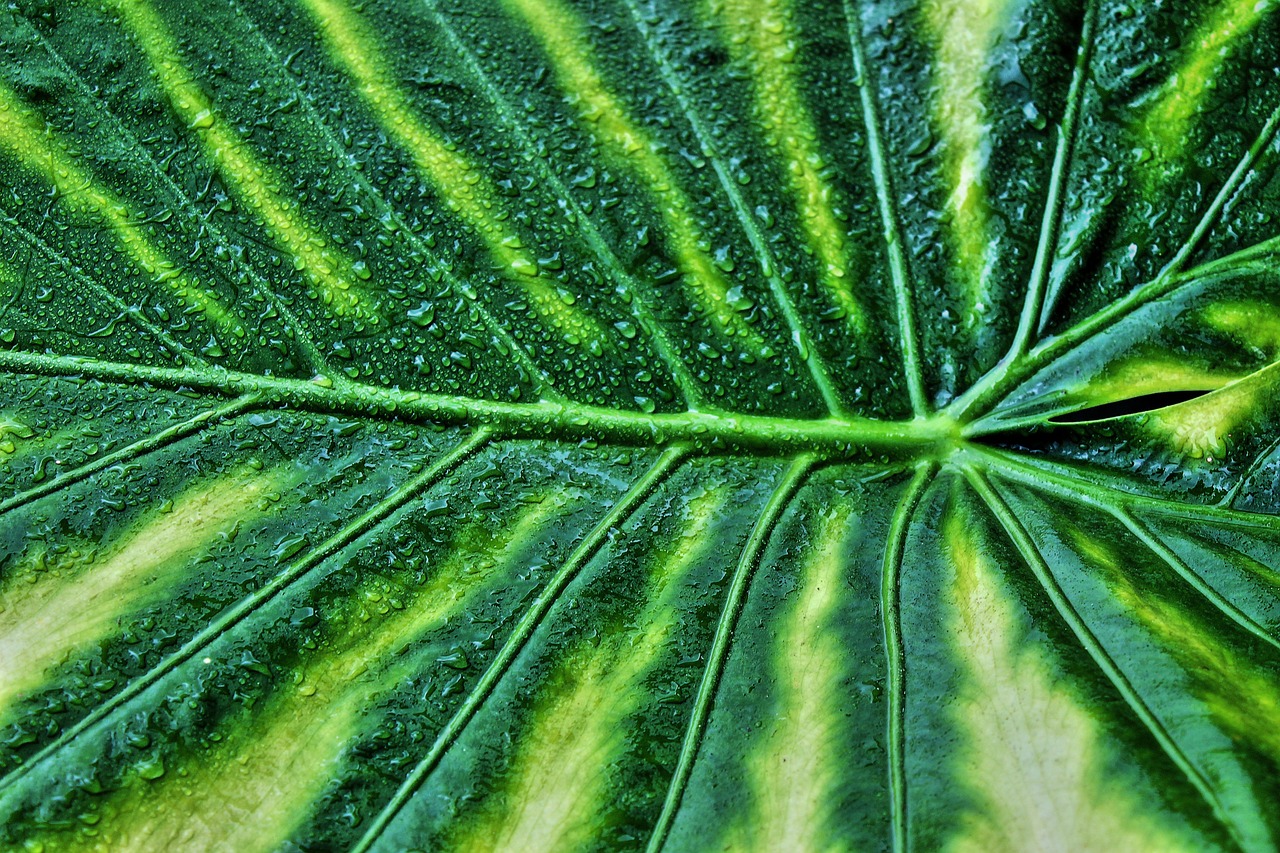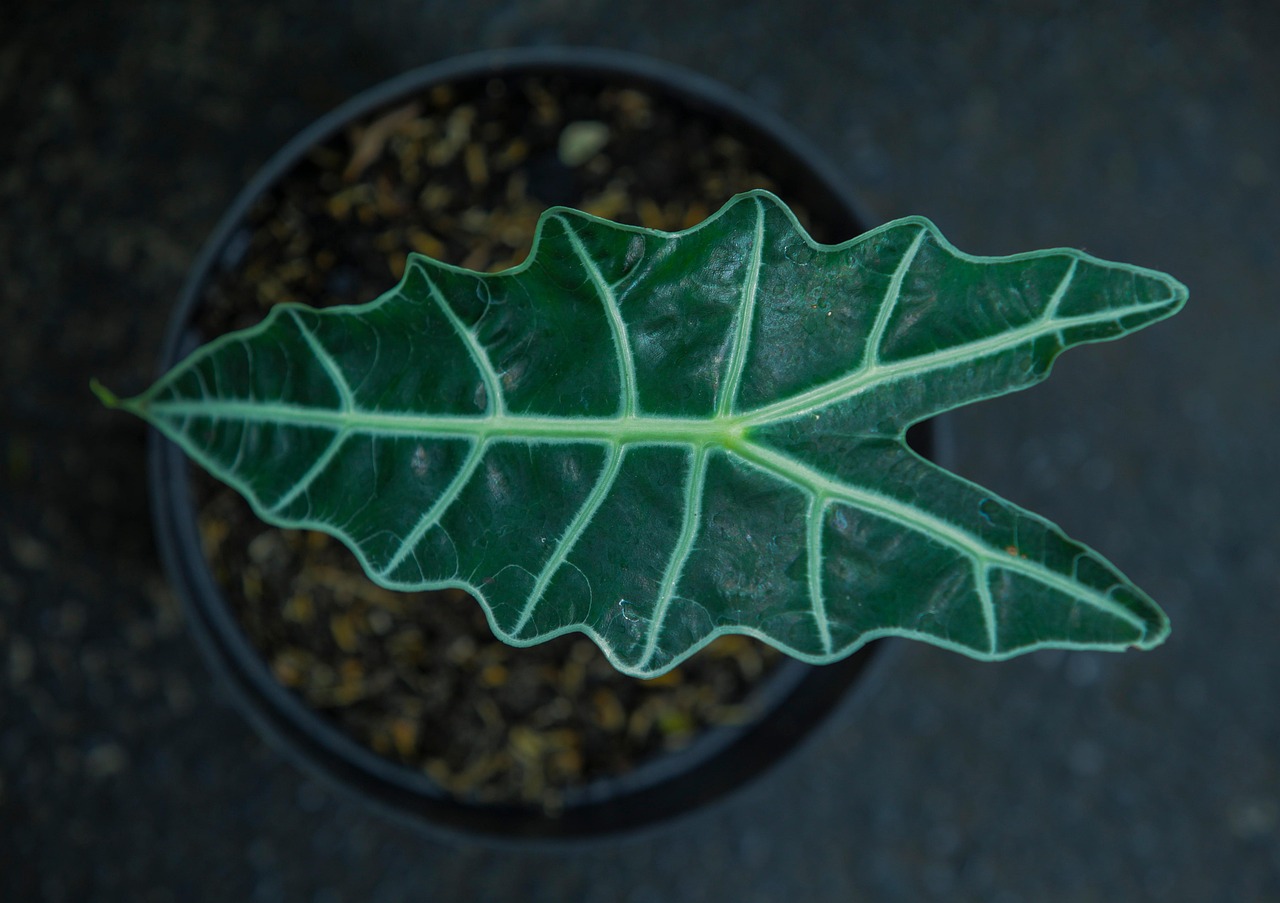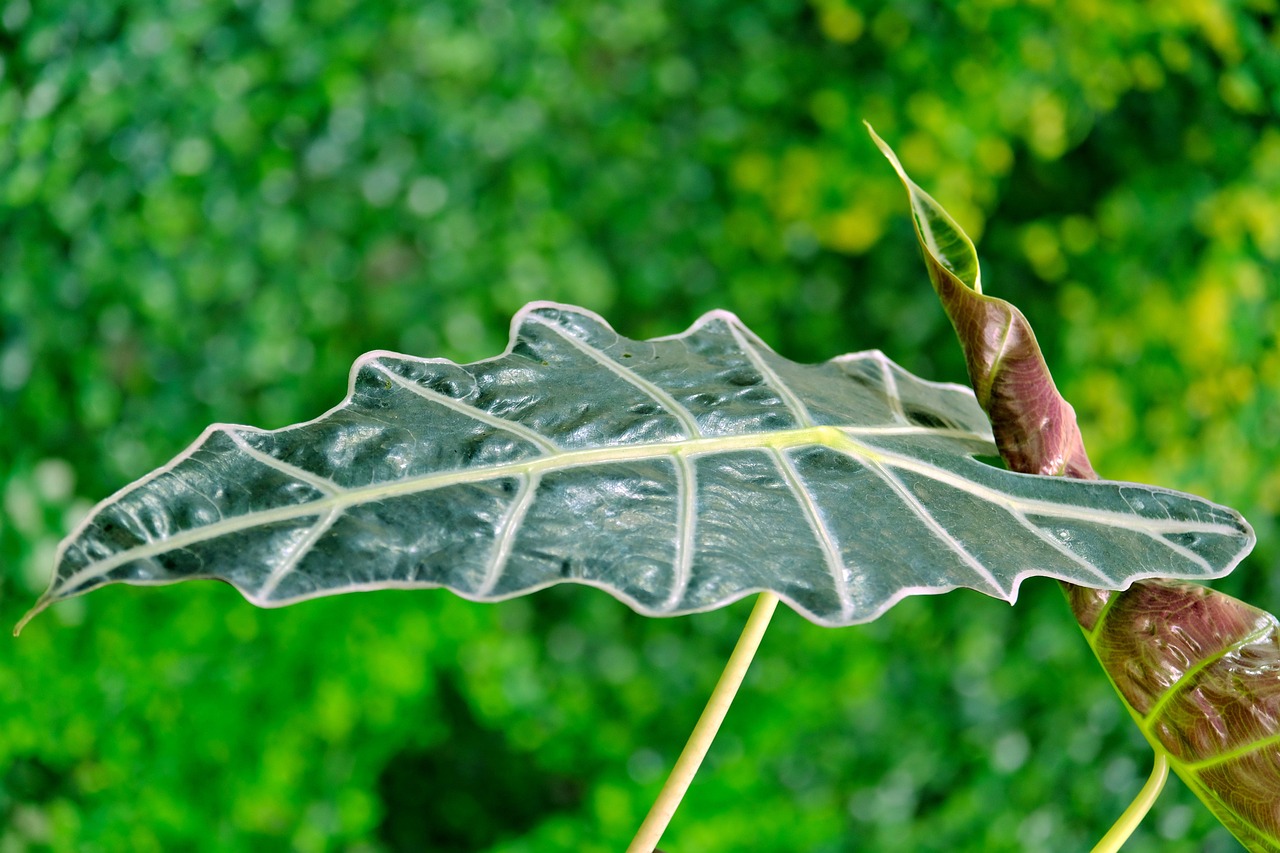Alocasia corms can be found for sale at various gardening centers and online retailers. Before purchasing, it is essential to understand their care requirements, potential growth, and the best practices for planting to ensure successful cultivation.
Understanding Alocasia Corms

Alocasia, often referred to as elephant ear plants, belong to the family Araceae. These tropical plants are known for their stunning foliage and unique shapes. They thrive in warm and humid environments, making them popular among indoor gardeners and outdoor enthusiasts in suitable climates.
Corms are the underground storage organs of the plant. They store nutrients and energy, allowing the plant to grow. When buying Alocasia corms, it is crucial to know how to select healthy ones to maximize your chances of successful growth.
What to Look for When Buying Alocasia Corms
Choosing the right corms can significantly impact your gardening success. Here are some key factors to consider:
- Size: Look for larger corms as they generally indicate a more mature plant that has stored more energy.
- Firmness: Healthy corms should feel firm to the touch. Avoid any that are soft or mushy.
- Color: The color of the corm should be consistent and free from dark spots, which may indicate disease.
- Roots: Check for healthy roots if they are visible. A good root system is crucial for the plant’s growth.
Where to Buy Alocasia Corms
You can purchase Alocasia corms from various sources, including:
- Local Nurseries: Visiting a local nursery allows you to inspect the corms in person.
- Online Retailers: Websites specializing in plants often have a wide variety of Alocasia corms available.
- Plant Shows: Attending plant shows can provide access to rare varieties and knowledgeable sellers.
Preparing for Your New Alocasia Corms
Once you have selected your corms, preparation is key to ensuring their success. Here are some important steps to take before planting:
Soil Requirements
Alocasia plants prefer well-draining soil. A mix of potting soil, perlite, and orchid bark is ideal. This combination helps retain moisture while preventing waterlogging, which can lead to root rot.
Choosing the Right Pot
Select a pot that is slightly larger than the corm’s size. Ensure that it has drainage holes at the bottom to allow excess water to escape. This will help maintain proper moisture levels in the soil.
Light and Temperature Conditions
Alocasia plants thrive in bright, indirect light. Direct sunlight can scorch their leaves. The ideal temperature range is between 65°F and 80°F (18°C – 27°C). Protect them from drafts and sudden temperature changes.
Watering and Humidity Needs
The humidity level plays a crucial role in the health of Alocasia plants. They prefer high humidity levels, ideally above 60%. If you live in a dry area, consider using a humidifier or misting the leaves regularly.
Water the corms when the top inch of soil feels dry. Be cautious not to overwater, as this can lead to root rot. Rather, ensure that the soil remains consistently moist but not soggy.
Nurturing Your Alocasia Plants
After planting, monitor your Alocasia plants closely as they grow. Regular care will help them flourish:
- Fertilization: Use a balanced liquid fertilizer every four to six weeks during the growing season.
- Pest Control: Keep an eye out for common pests like spider mites and aphids. Treat infestations promptly with insecticidal soap.
- Repotting: Repot your Alocasia once it outgrows its pot or becomes root-bound. This will provide fresh nutrients and space for growth.
Common Varieties of Alocasia
When considering Alocasia corms for your garden or home, it is essential to recognize the different varieties available. Each type has unique characteristics, which can affect your choice based on your aesthetic preferences and care capabilities. Here are some popular varieties:
- Alocasia Polly: Known for its striking arrow-shaped leaves with prominent veins, this variety is often sought after for its decorative appeal.
- Alocasia Amazonica: This plant features dark green leaves with white veins and is a popular choice for both indoor and outdoor settings.
- Alocasia Zebrina: This variety is recognized for its zebra-like striped stems and large leaves, making it a standout piece in any plant collection.
- Alocasia Micholitziana: With its unique shape and vibrant coloration, this variety adds a tropical flair to any space.
Caring for Different Alocasia Varieties
While all Alocasia plants share some common care requirements, different varieties may have specific needs. Here are some care tips tailored to popular Alocasia types:
- Light Requirements:
- Alocasia Polly prefers bright, indirect light but can tolerate lower light conditions.
- Alocasia Amazonica thrives in bright, filtered sunlight.
- Alocasia Zebrina enjoys partial shade, protecting its leaves from harsh afternoon sun.
- Watering Needs:
- Water Alocasia Polly when the top inch of soil is dry.
- Alocasia Amazonica likes its soil consistently moist but never soggy.
- Alocasia Zebrina requires slightly drier conditions between waterings.
- Humidity Preferences:
- All varieties appreciate higher humidity levels; consider using a humidity tray or misting.
Pest Management for Alocasia Plants
Pest infestations can be detrimental to the health of your Alocasia plants. Identifying and managing pests early is crucial. Here are common pests and their management strategies:
Common Pests
- Spider Mites: These tiny pests thrive in dry conditions. Look for webbing on leaves. Increase humidity and use insecticidal soap for treatment.
- Aphids: These small, soft-bodied insects can cause leaf distortion. Use neem oil or insecticidal soap to eliminate them.
- Mealybugs: Recognizable by their cottony appearance, mealybugs can be removed with a cotton swab dipped in alcohol.
- Scale Insects: These pests appear as small bumps on plant stems and leaves. Scrape them off gently and treat the plant with insecticidal soap.
Preventive Measures
To reduce the likelihood of pest infestations, consider the following preventive measures:
- Adequate Air Circulation: Ensure that your plants have enough space between them to allow air to flow freely.
- Regular Inspection: Check your plants regularly for any signs of pests or disease.
- Healthy Environment: Maintain optimal growing conditions, including proper light, temperature, and humidity.
Understanding Diseases that Affect Alocasia
In addition to pests, Alocasia plants can be susceptible to certain diseases. Knowing how to identify and treat these conditions can help maintain your plant’s health.
Common Diseases
- Root Rot: Caused by overwatering or poor drainage, root rot can lead to wilting and yellowing leaves. Ensure proper watering practices and well-draining soil.
- Leaf Spot: This fungal disease results in brown spots on leaves and can be treated by improving air circulation and reducing humidity.
- Pythium Blight: This water mold can cause sudden wilting. It is essential to allow the soil to dry out between waterings to prevent this issue.
Treatment Strategies
If you notice signs of disease in your Alocasia plants, consider taking the following actions:

l>
Propagating Alocasia Corms
Propagating Alocasia plants from corms can be an exciting way to expand your collection. Understanding the propagation process helps ensure that you achieve healthy new plants. Here are some essential steps and considerations for successful propagation.
When to Propagate
The best time to propagate Alocasia corms is during the spring or early summer. During this period, the plant is in its active growth phase. Propagation during this time increases the chances of successful root development.
Steps for Propagation
Follow these steps to propagate Alocasia corms:
- Identify Healthy Corms: Choose mature corms that are firm and free from disease. Look for corms that have healthy roots attached.
- Prepare the Soil: Use a well-draining potting mix to ensure that excess moisture does not accumulate around the newly planted corms.
- Plant the Corms: Place the corms in the soil, burying them about an inch deep. Ensure that the growing points are facing upward.
- Water Gently: After planting, water lightly to settle the soil around the corms. Avoid overwatering, as this can lead to rot.
- Provide Ideal Conditions: Keep the newly planted corms in a warm, humid environment with bright, indirect light.
Monitoring Progress
After planting, monitor the corms closely. It may take several weeks for them to sprout. Here are some tips for successful monitoring:
- Check Moisture Levels: Ensure that the soil remains slightly moist but not soggy during the rooting process.
- Avoid Disturbance: Minimize disturbance to allow the new roots to develop without stress.
- Watch for Growth: New growth will indicate successful propagation. Be patient, as this process can take time.
Choosing the Right Environment for Your Alocasia
The environment in which you place your Alocasia plants plays a significant role in their overall health and growth. Understanding their needs can help you create an ideal setting.
Indoor Growing Conditions
If you plan to grow Alocasia indoors, consider the following factors:
- Lighting: Ensure your plants receive bright, indirect sunlight. Avoid placing them in direct sunlight, which can scorch their leaves.
- Temperature: Maintain indoor temperatures between 65°F and 80°F (18°C – 27°C). Sudden temperature changes should be avoided.
- Humidity: Indoor humidity levels should ideally be above 60%. Use a humidifier or place a tray of water near your plants to increase humidity.
Outdoor Growing Conditions
If you live in a suitable climate and choose to grow Alocasia outdoors, here are some tips:
- Location: Select a partially shaded area that receives filtered sunlight. Full sun exposure can be too harsh for Alocasia plants.
- Soil Type: Use rich, well-draining soil to encourage healthy growth outdoors.
- Pest Control: Regularly check for pests and diseases, as outdoor plants may be more susceptible due to environmental conditions.
Seasonal Care Tips for Alocasia
Car

ing for Alocasia plants varies throughout the year. Understanding seasonal needs helps ensure their health and vitality.
Spring and Summer Care
During the growing season, focus on promoting growth and vitality:
- Fertilization: Fertilize every four to six weeks with a balanced fertilizer to support active growth.
- Watering: Increase watering frequency as temperatures rise, ensuring that soil remains consistently moist but not overly wet.
- Pest Monitoring: Check regularly for pests, as they tend to be more active in warmer months.
Fall and Winter Care
<pAs temperatures drop, adjusting care is crucial for maintaining plant health:
- Reduce Watering: Decrease watering frequency as growth slows down. Allow the top inch of soil to dry out before watering again.
- Adequate Light: Ensure that your plants receive enough light during shorter days. Consider using grow lights if necessary.
- Pest Control: While pest activity may decrease, continue monitoring for any signs of infestations or diseases.
Additional Considerations for Growing Alocasia
In

addition to the general care and seasonal adjustments discussed, there are several other aspects to consider when growing Alocasia plants. Paying attention to these factors can enhance your gardening experience and lead to healthier plants.
Choosing the Right Container
The container you choose for planting Alocasia corms can significantly impact their growth. Here are some points to keep in mind:
- Size: Select a pot that offers enough space for the corms to grow. A pot that is too small may restrict root development.
- Material: Terracotta pots are breathable and help prevent overwatering, while plastic pots retain moisture longer. Choose based on your watering habits.
- Drainage: Ensure that the container has adequate drainage holes. This prevents excess water from accumulating and causing root rot.
Companion Plants
If you’re looking to create a diverse plant collection, consider companion plants that thrive in similar conditions as Alocasia. Some suitable options include:
- Ferns: These plants enjoy high humidity and indirect light, making them a good match for Alocasia.
- Philodendrons: Known for their adaptability and similar care requirements, they can complement Alocasia beautifully.
- Pothos: This hardy plant can thrive in various conditions and adds lush greenery alongside your Alocasia.
Creating a Plant Care Routine
Establishing a consistent care routine is essential for the health of your Alocasia plants. Here is a suggested schedule:
- Weekly Checks: Inspect your plants for pests and signs of disease, ensuring that you catch any issues early.
- Monthly Feeding: Apply fertilizer every four to six weeks during the growing season to support healthy growth.
- Seasonal Adjustments: Adapt your care routine as seasons change, particularly with watering and light exposure.
Final Thoughts
Growing Alocasia from corms can be a rewarding endeavor for both novice and experienced gardeners. These stunning plants add a tropical touch to any environment while providing unique foliage that captivates plant lovers. By understanding the specific needs of Alocasia, from propagation to pest management, you can create a thriving ecosystem that enhances your living space.
Before purchasing Alocasia corms, it is vital to consider factors such as variety selection, environmental conditions, and care routines. Doing so will ensure that you are well-prepared to nurture these beautiful plants into maturity. With the right knowledge and attention, your Alocasia plants will flourish, bringing joy and natural beauty into your home or garden.
Ultimately, investing time in understanding and caring for Alocasia corms will yield vibrant plants that can be enjoyed for years to come. Whether you choose to grow them indoors or outdoors, these remarkable plants are sure to impress with their striking appearance and growth potential.
